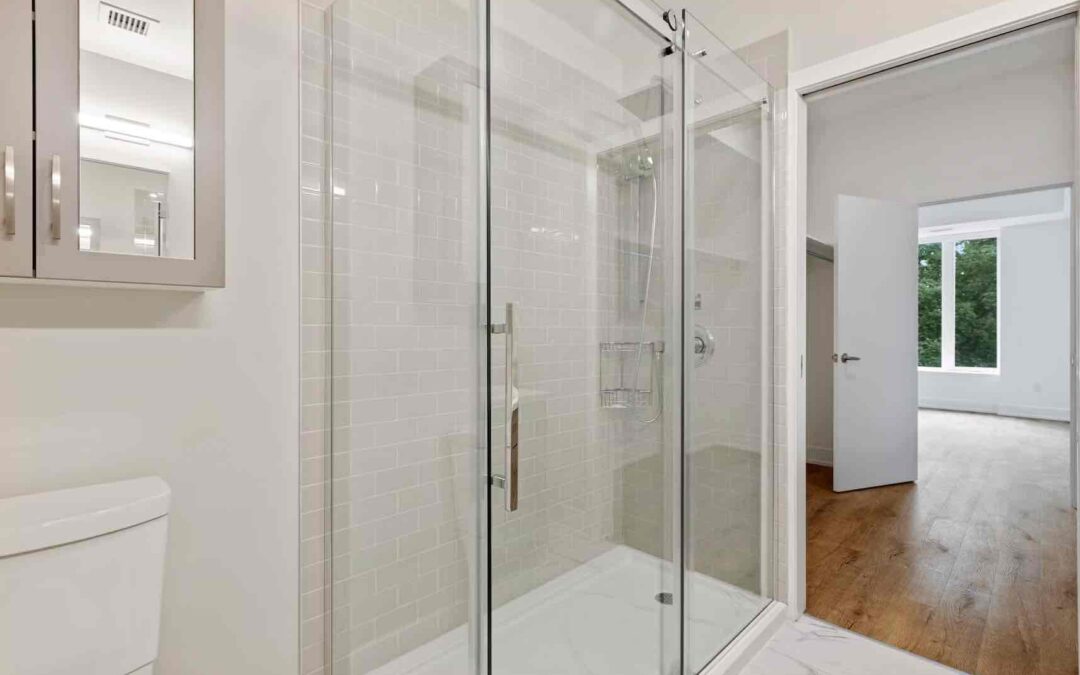When it comes to plumbing in a back-to-back kitchen sink drain with ABS (Acrylonitrile Butadiene Styrene), it’s essential to understand the process to ensure a properly functioning and efficient drainage system.
In this blog, we will provide you with a comprehensive guide on how to successfully plumb in a back-to-back kitchen sink drain using ABS pipes. From understanding the basics to step-by-step installation instructions, we’ll cover everything you need to know to tackle this plumbing project with confidence.
- Understand the Basics: Before diving into the installation process, it’s crucial to understand the basics of a back-to-back kitchen sink drain. In this configuration, two sink drains are positioned back-to-back, sharing a common drain pipe. This setup allows for a streamlined and space-saving design, especially in kitchens where multiple sinks are required.
- Gather the Necessary Tools and Materials: To begin the installation, gather all the necessary tools and materials. This may include ABS pipes, fittings, ABS cement, a handsaw or pipe cutter, a level, measuring tape, and a pencil. Ensure that all the components are suitable for ABS plumbing and meet local building code requirements.
- Plan the Drainage System: Before cutting any pipes, carefully plan the drainage system layout. Measure the distance between the two sinks and determine the ideal positioning for the back-to-back drain pipe. Consider factors such as the slope, height, and alignment to ensure proper water flow and functionality.
- Cut the ABS Pipes: Using a handsaw or pipe cutter, cut the ABS pipes to the required lengths according to your planned layout. Take accurate measurements and make clean, square cuts to ensure proper fitting and alignment.
- Dry Fit the Components: Dry fit the ABS pipes and fittings together to ensure proper alignment and fit. This step allows you to make any necessary adjustments before permanently attaching the components with ABS cement.
- Apply ABS Cement: Once you are satisfied with the dry fit, disassemble the components, and apply ABS cement to the outside of the pipes and the inside of the fittings. Follow the manufacturer’s instructions for proper application techniques. Be careful not to use excessive cement, as it can create messy joints and compromise the integrity of the connection.
- Assemble the Drainage System: With the ABS cement applied, reassemble the components, ensuring that each joint is securely connected. Use a level to check the alignment and make any necessary adjustments before the cement sets. Allow sufficient time for the cement to dry and cure as per the manufacturer’s instructions.
- Test the System: After the installation is complete, it’s crucial to test the drainage system for any leaks or issues. Fill both sinks with water and simultaneously release the water to simulate real-life usage. Observe the flow and check for any signs of leakage around the connections. If any leaks are detected, disassemble the affected area, apply additional cement, and reassemble.
- Finishing Touches: Once you have confirmed that the system is leak-free and functioning properly, you can make the necessary finishing touches. This may include securing the ABS pipes to the wall or cabinet using appropriate hangers or straps to provide additional support and stability.
Conclusion
Plumbing in a back-to-back kitchen sink drain with ABS pipes is a manageable task if approached with the right knowledge and careful execution. By understanding the basics, gathering the necessary tools and materials, planning the drainage system, cutting and fitting the ABS pipes, applying ABS cement, assembling the components, testing for leaks, and adding finishing touches, you can successfully complete this plumbing project.

